If you have been reading my posts lately, you will notice that I have been working a lot with the ESP8266 wireless module. To make it easier to work with, I made an ESP8266 DIY Programmer Cradle. Here is what it looks like (without and with the ESP8266 plugged in):
You may notice that I made several of them, some with a 100uF capacitor between Volts and Ground and some without. There are two jumpers, one for GPIO00 and one for GPIO02. When programming the ESP8266, GPIO00 is jumpered to Ground (otherwise it is ‘floating’, i.e., not jumpered). An LED is attached to GPIO02 for testing. Take a look at my MicroPython Web server script mentioned in this post to see how to toggle the LED On/Off. The 6 pin header on the side is connected to a USB to Serial adapter for power and/or programming.
The wiring for the ESP826 and the ‘cradle’ are shown in these graphics:
Get the Fritzing diagram source HERE. The ESP8266 DIY Programmer Cradle is powered by a USB to Serial Adapter (jumpered to 3.3V) like the one shown below:
 If you add a power pack (for example, one that is used to charge a phone):
If you add a power pack (for example, one that is used to charge a phone):
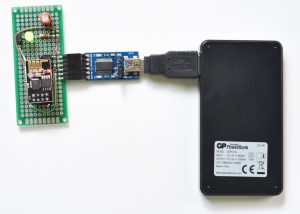 you’ll have a portable ESP8266 based wireless module. In any case, with the ESP8266 DIY Programmer Cradle, I have an easy and fast way to plugin, program and test the ESP8266 modules.
you’ll have a portable ESP8266 based wireless module. In any case, with the ESP8266 DIY Programmer Cradle, I have an easy and fast way to plugin, program and test the ESP8266 modules.

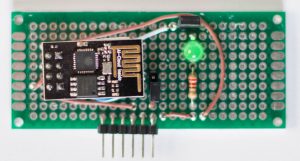
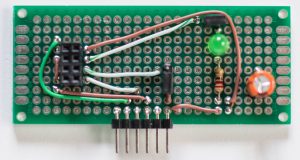
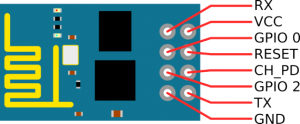
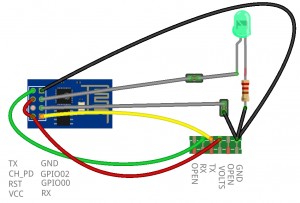
Recent Comments